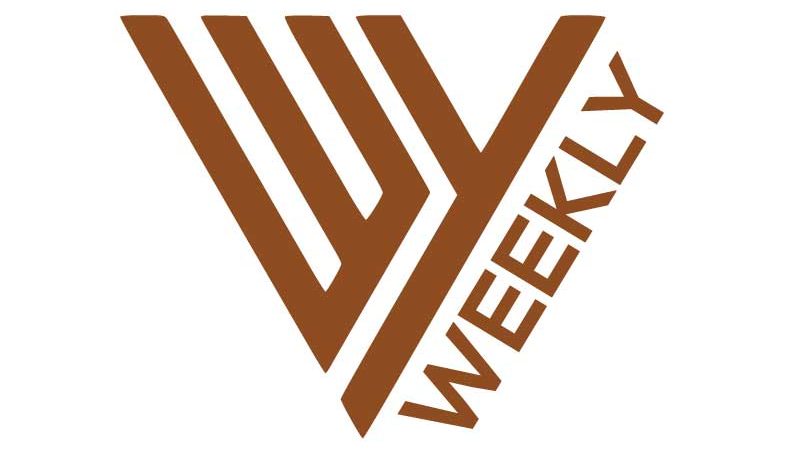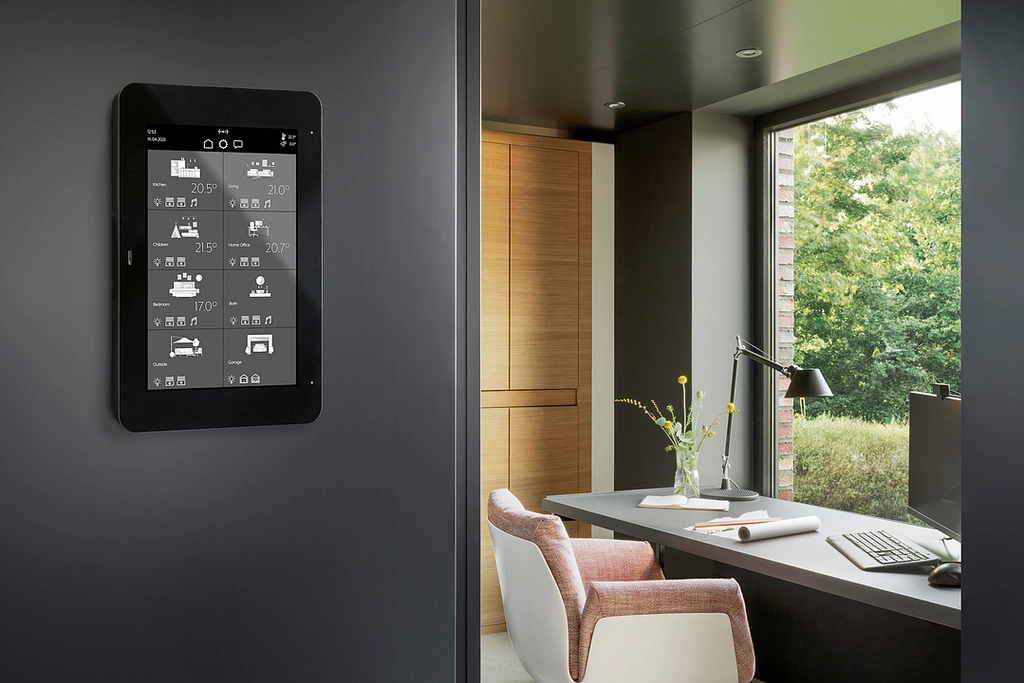How Smart Device Integration is Revolutionizing Home Design
Gone are the days when a designed home was only defined by aesthetics. Today, the home design lies in its seamless integration with smart devices.
Homes are becoming smarter, more efficient, and more comfortable. This blog will explore how smart device integration has revolutionized home design.
Read on to learn more.
Smart Homes: Not a Fad
Smart home technology is not a fad; it’s a revolution here to stay. The integration of smart devices is redefining our living spaces. This is by providing a level of convenience and customization never seen before.
Whether it’s controlling the following:
- lighting
- temperature
- audiovisual systems
With a simple voice command, the application of smart devices in home design has turned the concept of luxury living.
The Rise of IoT in Residential Spaces
Smart devices powered by the IoT have found their way into various home parts. The ability to control these devices via a smartphone app has changed the game. Homeowners can now check their:
- energy consumption
- lock their doors from the office
- or even water their plants while on vacation
Enhancing Security and Peace of Mind
Smart security systems have become integral to home design. It offers protection that traditional systems cannot match.
Advanced monitoring tools allow homeowners to watch their property at all times. Integration with smart locks and alarms means you’re aware and in control.
The Architect’s Perspective: Integrating Smart Tech
For architects, the challenge is no longer about creating stunning buildings. It’s about ensuring that those buildings are ready to adapt to technological needs.
Smart home integration starts with the blueprints. Architects are now determining where and how smart devices will fit into their designs.
Balancing Aesthetic Appeal and Functionality
The blend of aesthetics and functionality is crucial in modern home design. Architects aim to conceal wires, devices, and sensors within the fabric of the building. Ensuring that the technology doesn’t detract from the visual appeal of the space.
Customization and Personalization
Smart devices, when integrated, can provide a level of personalization that was once unimaginable. Architects are working with technology consultants to create homes that are not only smart but also attuned to their occupants’ unique needs and lifestyles.
Electronic component sourcing becomes a pivotal factor in the quest to create the perfect smart home. The selection and acquisition of high-quality sensors, controllers, and interfaces are crucial in ensuring that smart devices perform reliably.
Interior Design: The Art of Coordinating Smart Functions
Interior designers are critical in ensuring that smart devices’ functionality complements a home’s visual appeal. As these devices become more commonplace, the interior design industry is evolving to emphasize integrating smart capabilities with the home’s aesthetic.
Selecting the Right Smart Devices
The range of smart devices available in the market is extensive, and each one presents a unique set of features that can enhance a home’s functionality. Interior designers must consider compatibility, design, and user experience when selecting the right devices to integrate into the home.
Navigating the Path to the Ultimate Smart Device Integration
Smart device integration in home design is an evolving field that requires collaboration across disciplines. The future is bright for smart homes, and those at the forefront of this movement are shaping how we will live for generations to come.
As we continue exploring the potential of smart devices in home design, we must prioritize the technology and the human experience. After all, a truly smart home is one that makes life better, easier, and more enjoyable for the people who live in it.
For more helpful tips, check out the rest of our site today!

Greetings! I’m thrilled to introduce myself as a dedicated blogger with a fervent passion for crafting meticulously researched and insightful blogs. My mission is to provide you, the readers, with a treasure trove of valuable information. Join me in this exciting adventure of discovery – Thanks







